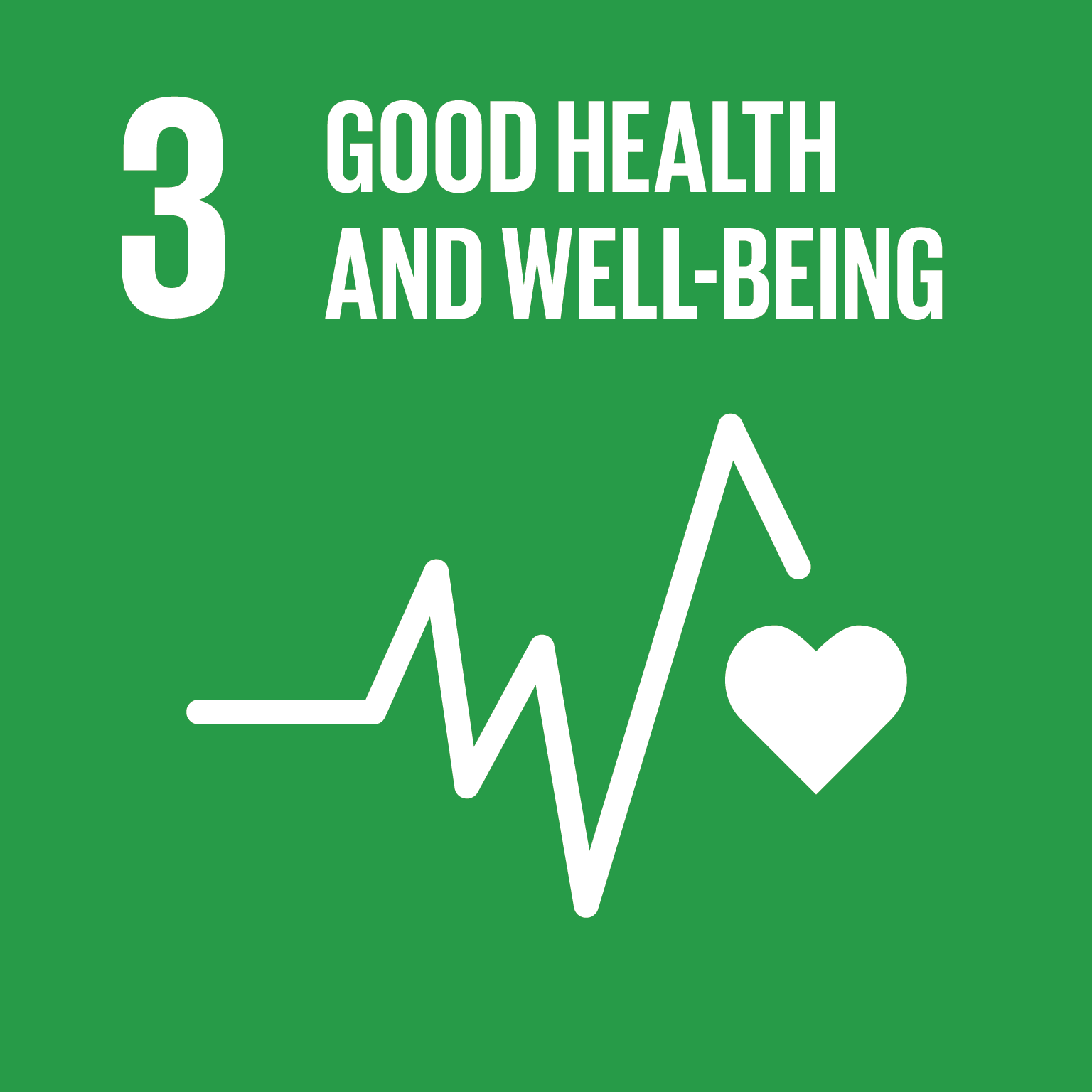The relationship between insurance coverage and cancer care: A literature synthesis
By Alexandre L. Pavluck, Michael T. Halpern, NM Marlow, J Bian, EM Ward.
May 2009 Open Access Peer Reviewed
DOI: 10.3768/rtipress.2009.rr.0005.0905
Abstract
This paper summarizes key literature on the relationship between health care insurance status and screening, diagnosis, and medical care patterns and outcomes for individuals with cancer. All studies included for this literature synthesis were identified using the National Library of Medicine's Medline database; only English language articles published in the past 10 years were considered. Based on article titles and abstracts, we selected the most relevant studies for full review and inclusion in this manuscript. Although the summarized literature is mixed, individuals who are uninsured or have insurance coverage through programs for low-income persons (e.g., Medicaid coverage) are significantly less likely to use cancer screening services and significantly more likely to present with advanced stage cancer at diagnosis and to have significantly worse survival. The relationship between insurance status and cancer treatment patterns is less clear, as fewer studies have examined this relationship, but the available evidence suggests that uninsured patients are less likely to receive optimal cancer care. The research reviewed here suggests that the benefits of extending appropriate insurance coverage to uninsured and underinsured individuals could be substantial. These benefits are likely to include reduced morbidity, improved quality of life, and increased survival for cancer patients as well as a positive impact on overall health care and societal costs.
![]() © 2025 RTI International. This work is licensed under a Creative Commons Attribution-NonCommercial-NoDerivatives 4.0 International License.
© 2025 RTI International. This work is licensed under a Creative Commons Attribution-NonCommercial-NoDerivatives 4.0 International License.
To contact an author or seek permission to use copyrighted content, contact our editorial team

